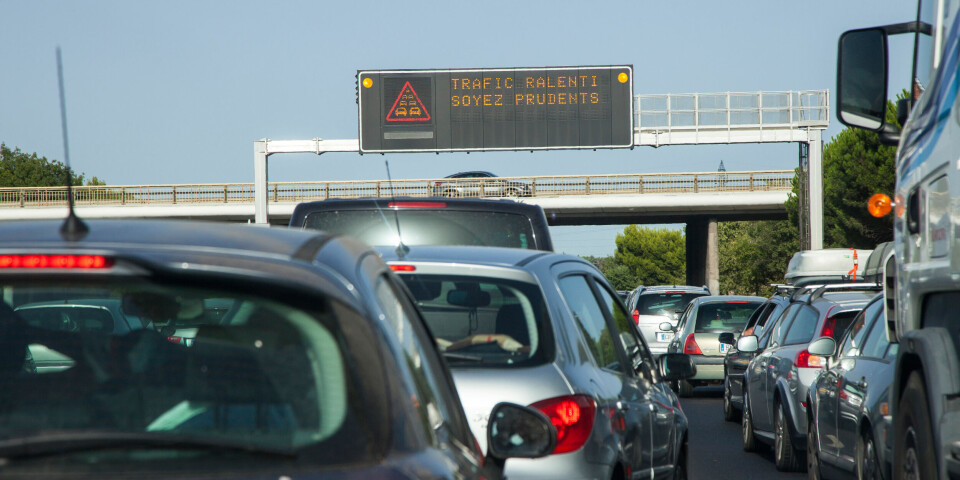-
UK retirees win government pension charges victory in France
The development comes after a successful campaign from foreign residents in France and Connexion readers
-
France’s chambres d’hôtes face closure under 2026 tax and social charge changes
Measures designed to curb Airbnb-style lets are set to hit traditional B&Bs particularly hard
-
SFR customers in France warned to be vigilant following cyberattack
Data from potentially millions of customers were taken following data breach
France debates mandatory 5-10 metre pesticide distance
The French government is considering introducing a mandatory distance of 5-10 metres between fields treated with pesticides, and homes - but some critics say this will not go far enough to improve health.

A government consultation on the issue will begin tomorrow (Monday September 9) and last for three weeks. It will consider scientific studies and projections on the possible impact of pesticides on humans living nearby, in studies submitted by health agency l'Agence Nationale de Sécurité Sanitaire (Anses).
The plan is to introduce a mandatory “buffer zone” between pesticide- or herbicide-treated fields; and homes or businesses nearby. Any new law is expected to be adopted in October this year, and to come into force in January 2020.
More restrictive measures could also be enabled locally, if officials (such as mayors), farmers, and ecology groups manage to come to an agreement and sign a “charter” to take into account any local conditions.
Last June, Anses had recommended a distance of between 3-10 metres be put in place, depending on the type of crop.
The consultation comes just two weeks after a mayor - Daniel Cueff of Langouët (Ille-et-Vilaine, Brittany), - was involved in a high-profile court case in Rennes, after imposing a distance of 150 metres between crops and buildings in his commune.
Mr Cueff’s decree has since been overturned, after the court said that “it was not the job of a mayor to make such decisions”, but he is just one of around 20 mayors to have imposed a similar ruling in their own commune.
The government is said to be seeking to avoid a proliferation of similar measures by individual mayors.
Elisabeth Borne, ecology minister, said that France would be “one of the first countries - one of the only countries - to put these security distances in place. Protecting residents is an essential battle, which I share with mayors and with the health minister, Agnès Buzyn.”
‘This will protect nothing’
The distance suggested of 5-10 metres has been met with criticism by some, and certain ecological associations have criticised the proposed distance of just 5-10 metres.
Mayor Mr Cueff said it was “a ridiculous distance that would protect nothing”.
He said: “Five metres is the distance printed on the instructions on the bottles of synthetic pesticides. What the agriculture minister is doing is making people following [existing] methods.
“[150 metres] is a distance from which you feel the effects of these pesticides much less, and you breathe them in much less. People do not want to breathe in glyphosate, which is often found in the body in very high volumes.
“We hear that if [farmers] adopt a distance of 150 metres, they will not longer be able to grow crops, that rats and boars will come back. But we know that there are techniques to grow without pesticides. There are many solutions, otherwise I would never have made such a decree [in Langouët].”
Previously, Mr Cueff had said that urine tests on some of his inhabitants had revealed levels of glyphosate at 20 times’ the recommended amount.
But minister for agriculture Didier Guillaume said Mr Cueff’s distance of 150metres was “consumer madness”, and Ms Borne called on ecology-minded groups to not make “a mockery” of the debate.
She said: “These [shorter] distances are not the opinions of any minister, but of the national health agency. It is very important that this debate is not mocked; it is not based on the opinions of this minister or that; but of the agency whose role it is to make recommendations, and the debate will now continue within the context of this consultation.”
Stay informed:
Sign up to our free weekly e-newsletter
Subscribe to access all our online articles and receive our printed monthly newspaper The Connexion at your home. News analysis, features and practical help for English-speakers in France
























